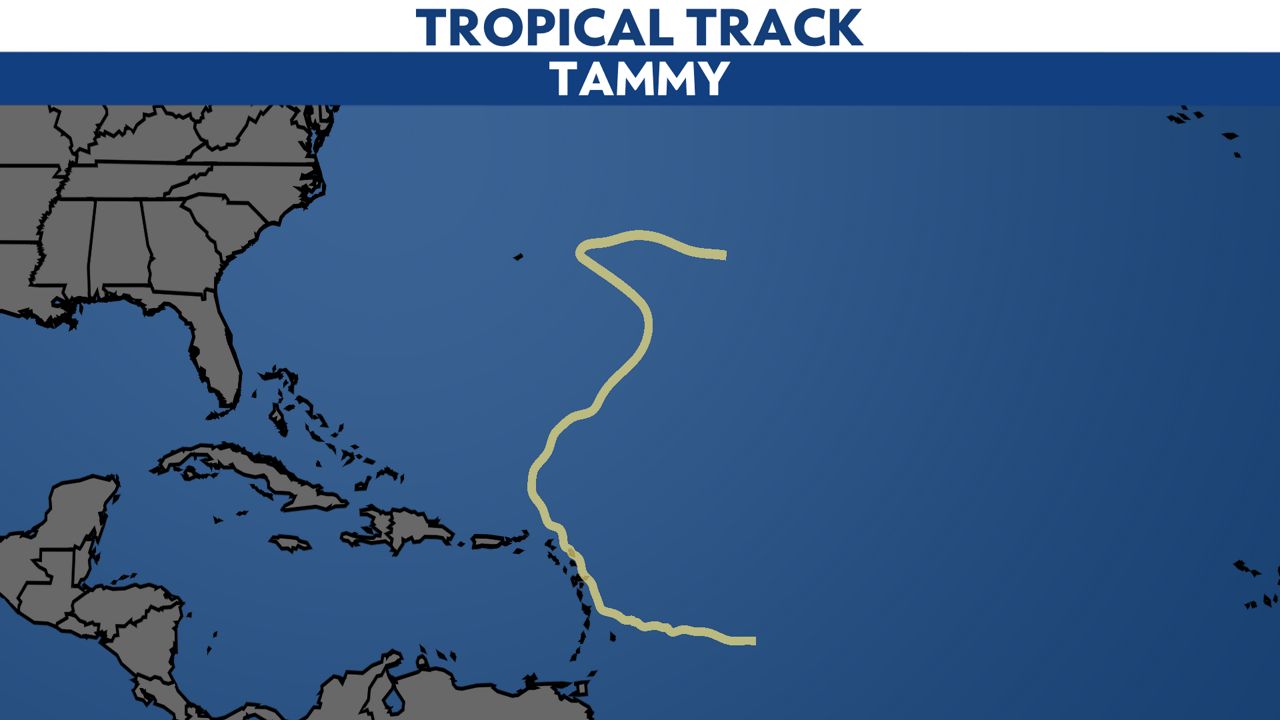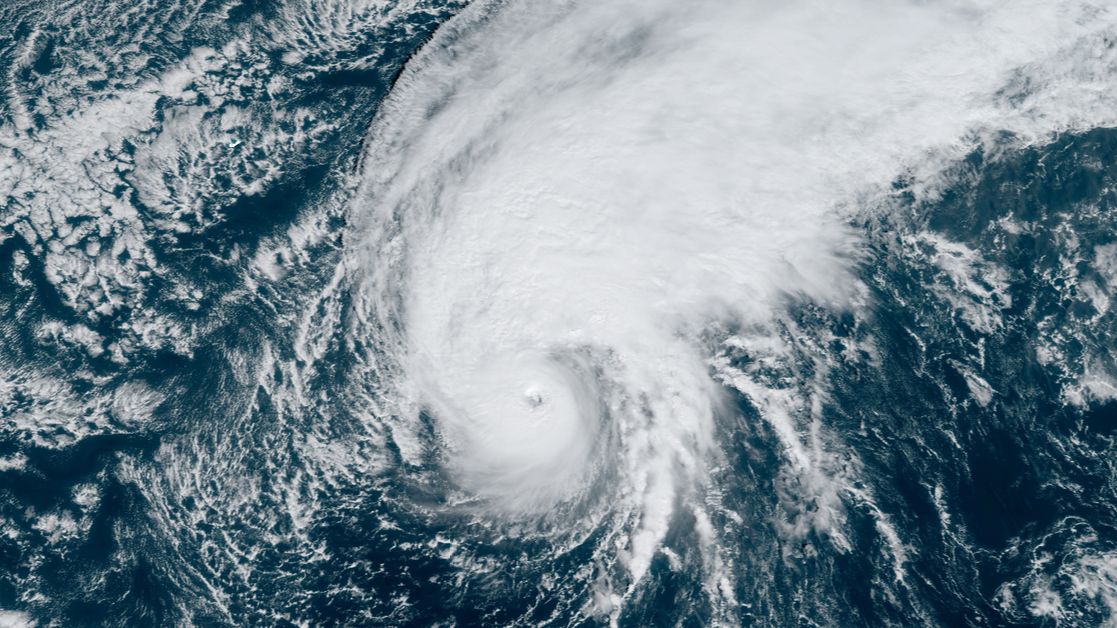Tammy formed on Oct. 18, becoming the nineteenth named storm of the 2023 Atlantic hurricane season. It merged with a front and turned post-tropical on Oct. 26, but regained tropical characteristics a day later, becoming a tropical storm again on Oct. 27. It dissipated for good on Sunday, Oct. 29.
After forming over the central Atlantic Ocean, Tammy strengthened into a hurricane. It moved over the Leeward Islands a few days later, where it officially made landfall over Barbuda on the evening of Oct. 21.
It brought heavy rain and flooding over the Leeward Islands before tracking north.
Tammy peaked in strength on Oct. 25 as a Category 2 hurricane, with top estimated wind speeds of 105 mph. Although it became post-tropical over the open Atlantic a day later, after merging with a frontal system.

Even though Tammy became post-tropical on Oct. 26, it regained tropical characteristics on Oct. 27, and strengthened into a tropical storm again.
It maintained its tropical storm status over the next day, but wind shear and dry air eventually lead to Tammy dissipating as it moved well east of Bermuda on Sunday, Oct. 29.
Check here for a look at the 2023 Atlantic hurricane season so far.
Our team of meteorologists dives deep into the science of weather and breaks down timely weather data and information. To view more weather and climate stories, check out our weather blogs section.



